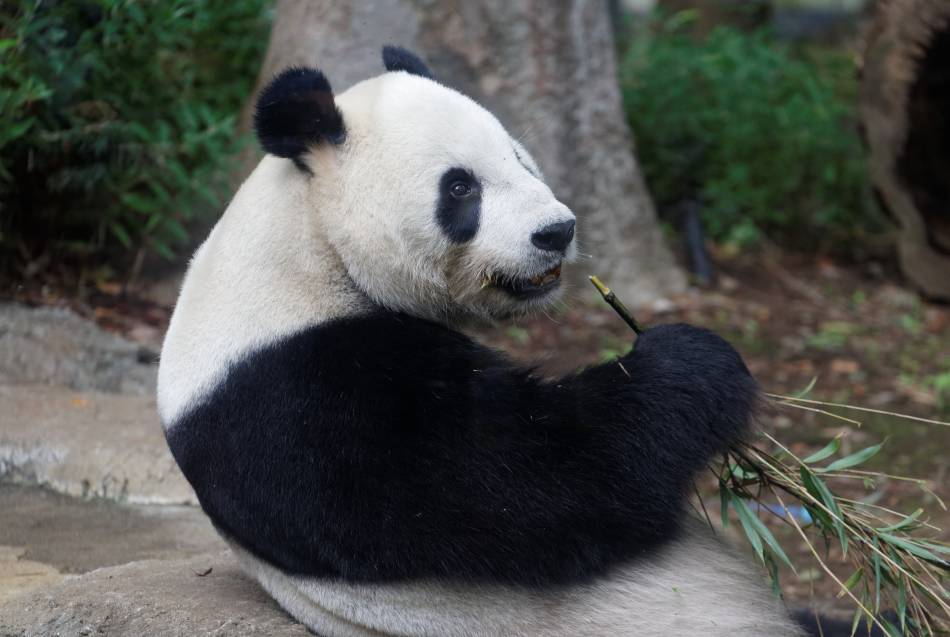
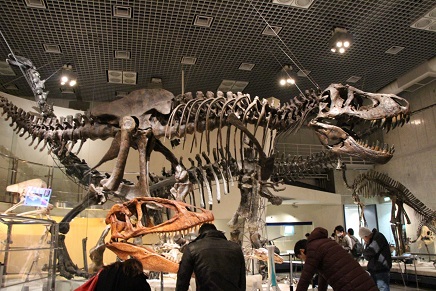
 |
 |
| Schedule | 8:30;Pick up from your hotel. ➡8:35;Departure from your hotel. |
| Ueno Park | ||
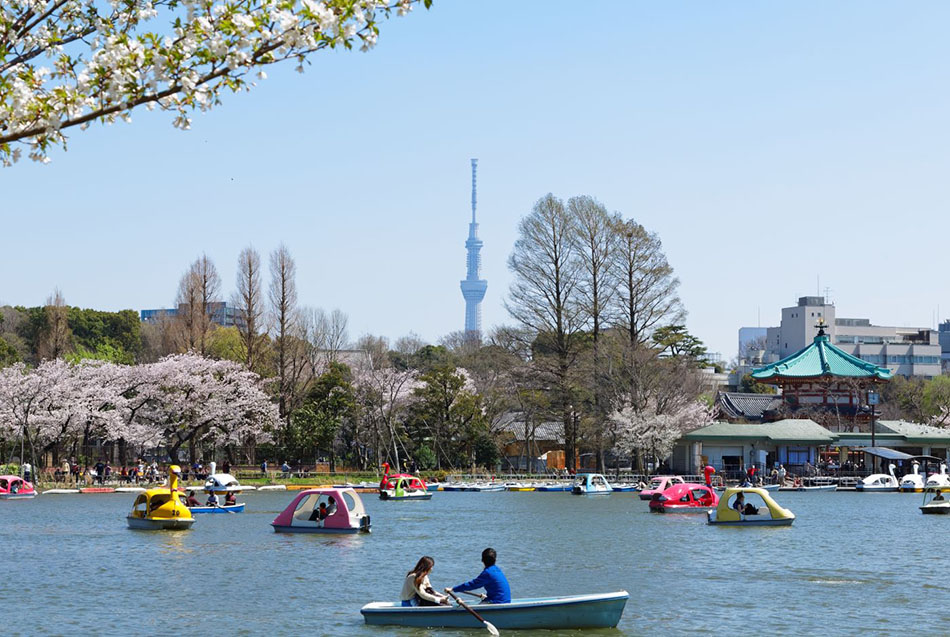 |
The list of things to do in Ueno Park is long, and includes Ueno Zoo and a host of incredible museums. |
|
| Thanks to a major renovation in 1651, the shrine has distinctive features from the Edo period (1603-1867). Pay attention to the gold leaf trimmings and intricate carvings. Most visitors come to the shrine to pray for good fortune, such as passing examinations, vocational success, longevity, and recovery from illness. Of course, you can also come to simply admire the characteristics of traditional Japanese architecture. Conveniently located in Ueno Park, Ueno Toshogu Peony Garden is the perfect place to take a break from visiting the nearby museums, zoo, and shrines. The peonies reach full bloom from January to February, from April to May, and from September to November. Shinobazu Pond is a large natural pond filled with lush greenery and rich cultural importance. The pond has three sections, a duck pond—populated by ducks and other local waterbirds—a lotus pond, and a boat pond. Sitting between the lotus and boat ponds is where you can rent out small paddle boats to admire the park from a different perspective. The lotus flowers hit full bloom in July and August. The avenue of cherry blossom (sakura) trees along the main path of Ueno Park is famous across Japan. It's long been a popular spot for blossom viewing. |
|
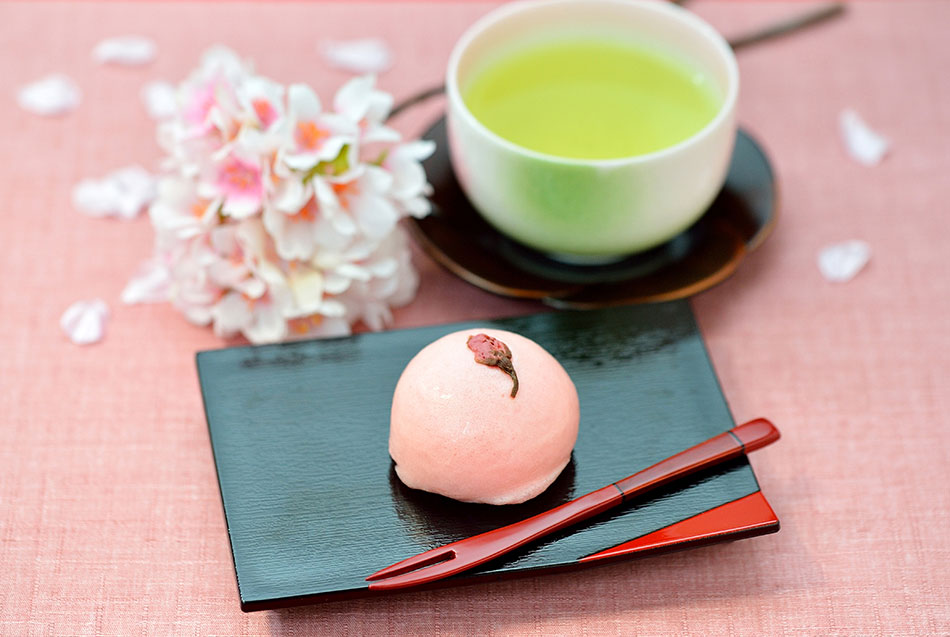 |
| Hundreds of thousands of visitors visit every day during cherry blossom season, usually late March to early April, for hanami (literally, “flower viewing” parties). Come and enjoy the extraordinary beauty of 800 Somei-yoshino cherry trees in full bloom, and discover events such as the Aozora Antique Market. During the park’s official sakura matsuri (cherry blossom festival), a thousand lanterns provide both a sense of security and a wonderful atmosphere for blossom viewing at night. |
||
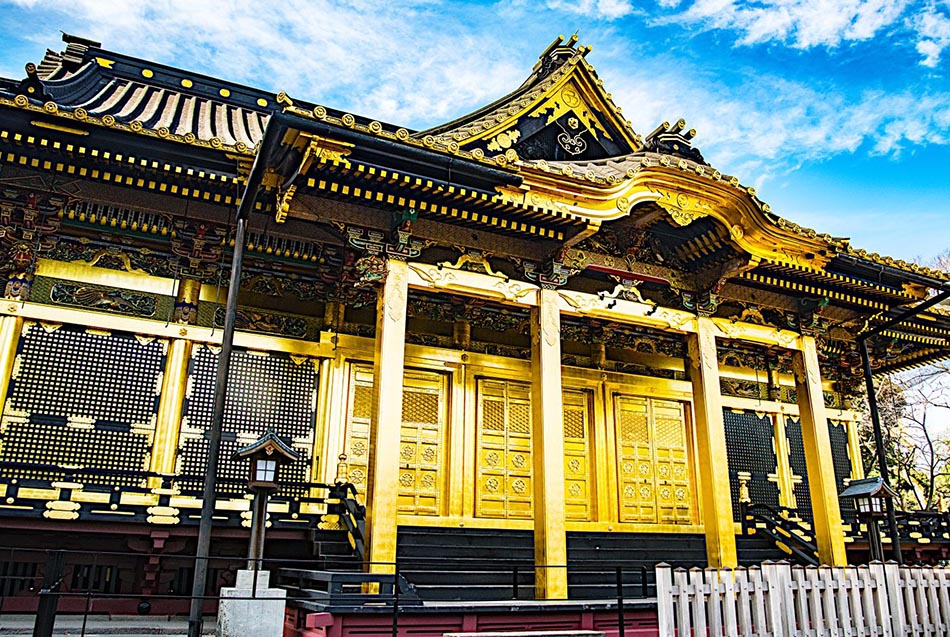 |
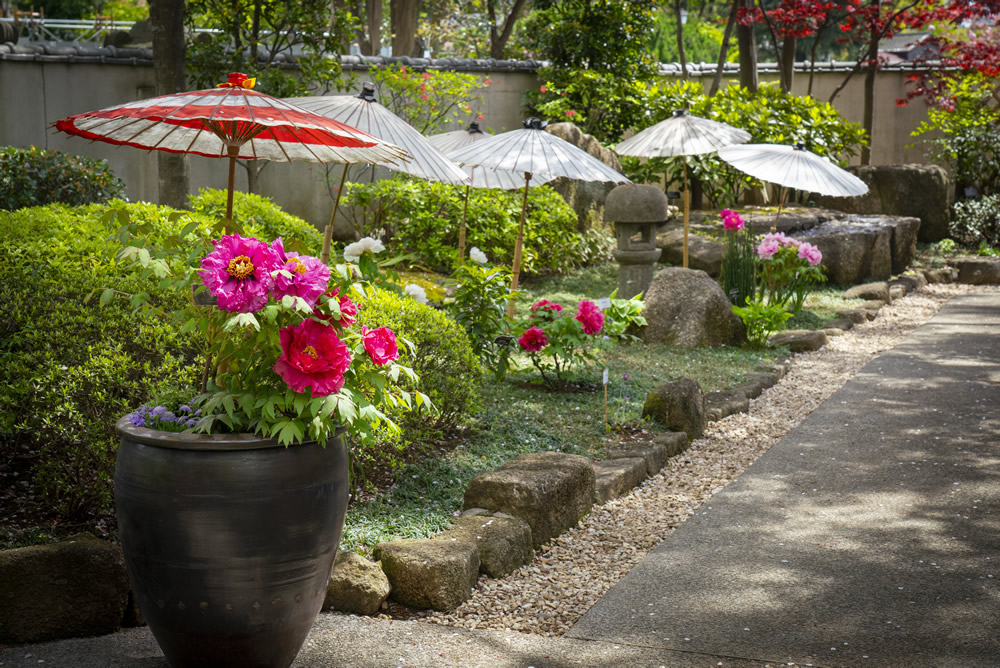 |
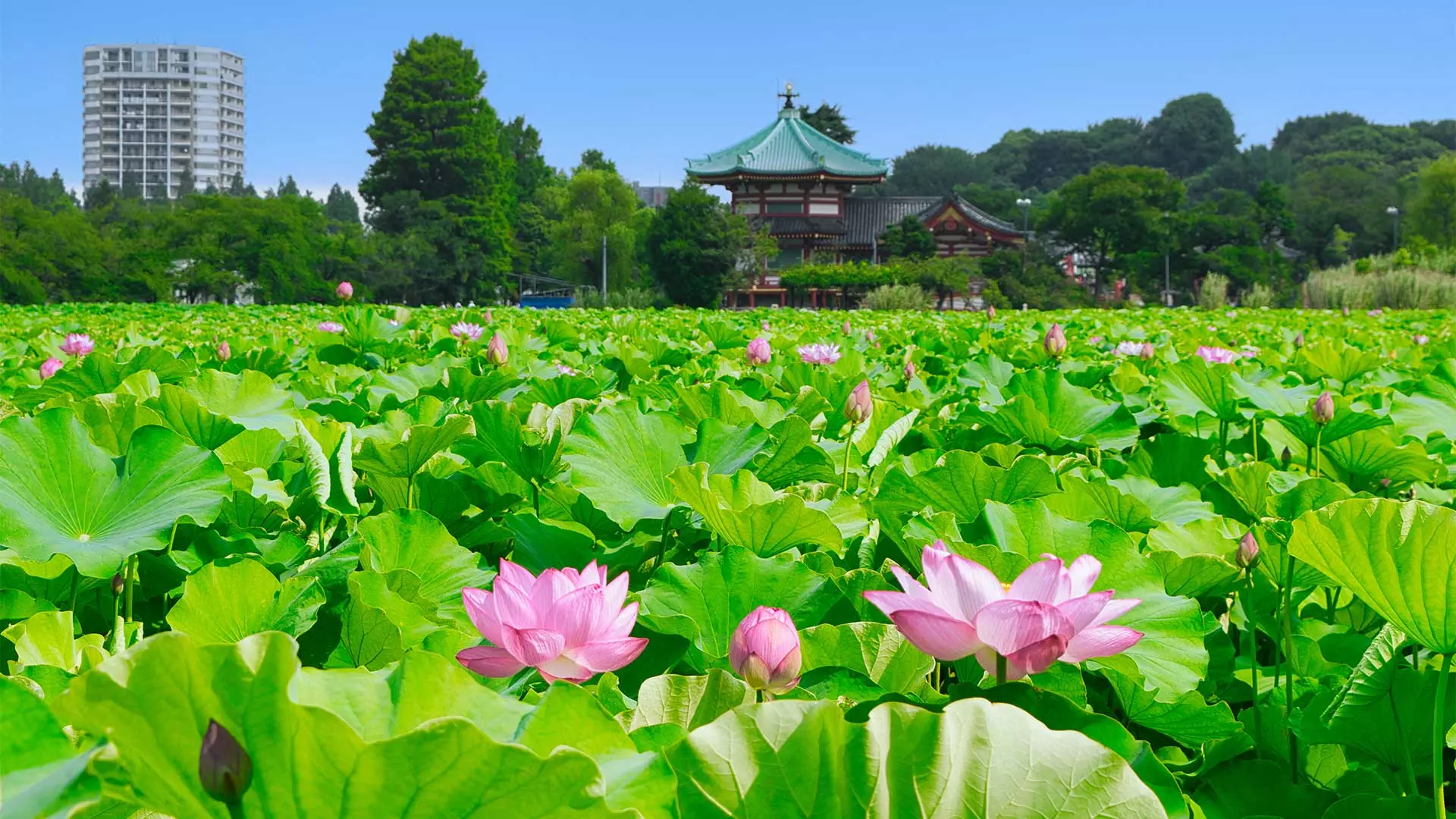 |
| Within the halls of Shitamachi Museum in the Ueno Park, the old downtown areas of Tokyo during the Taisho era (1912-1926) are faithfully reproduced. Take a look at shops located just off the "main street" and nagaya-style houses surrounded by narrow alleys. Get a glimpse of the daily lives of people in the early 20th century. | ||
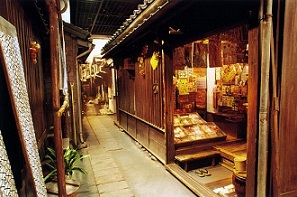 |
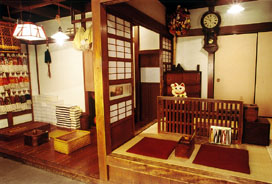 |
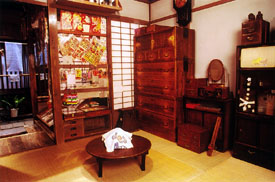 |
| Home to 3000 animals from 300 different species, Ueno Zoo is Japan's oldest zoo, founded in 1882. The zoo, attached to the north of Ueno Park, is split into two sections, a west and east park with varying collections of animals. The two areas are connected by a bridge. |
 |
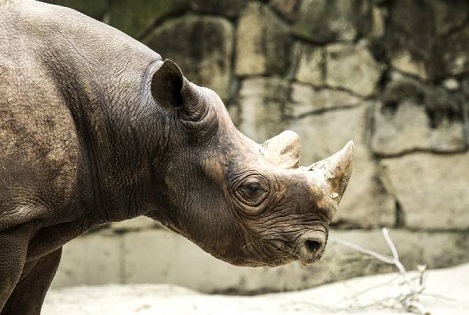 |
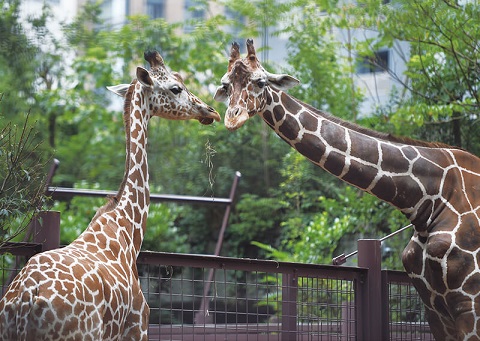 |
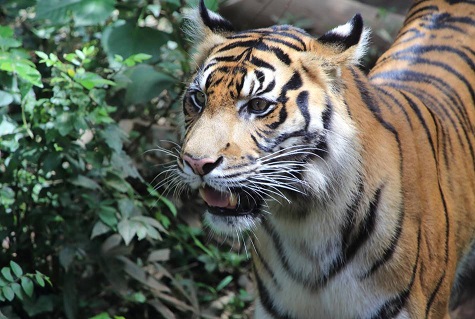 |
| The giant pandas can be found in the east park, along with Asiatic elephants, bears, gorillas, and tigers. |
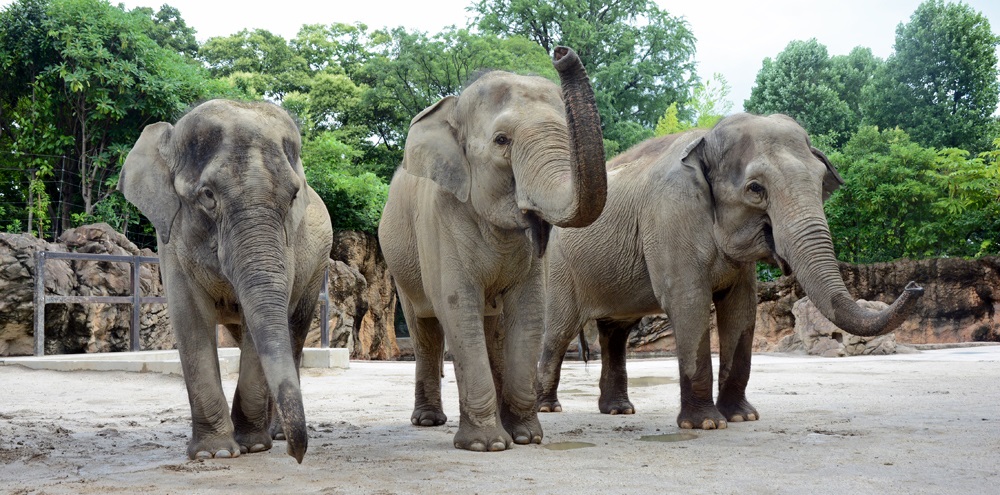 |
The west park focuses on animals from the African continent: rhinos, hippos, giraffes and zebras, and is home to the Small Mammal House and Reptile and Amphibian House. |
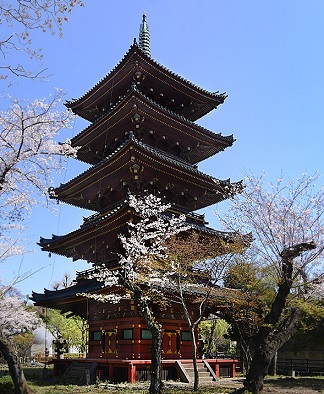 |
| National Museum of Nature and Science |
 |
 |
The National Museum of Nature and Science is filled with authentic artifacts and interactive learning opportunities. The exhibits, created around the theme of "coexistence between the human race and nature," help deepen our appreciation of the Earth, life, science and technology. |
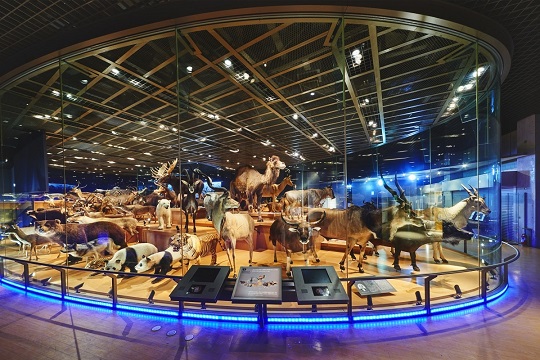 |
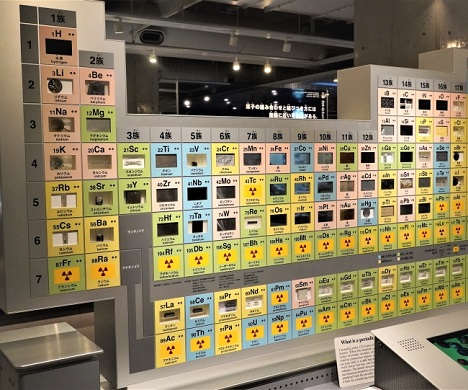 |
One highlight of the museum is its 360-degree spherical movie theater. |
 |
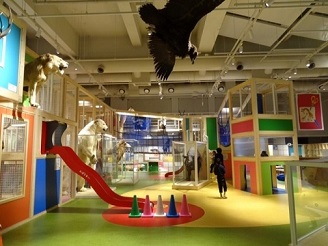 |
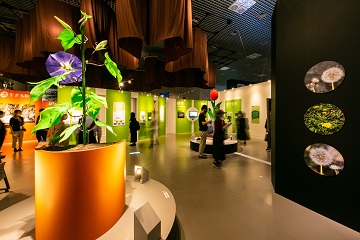 |
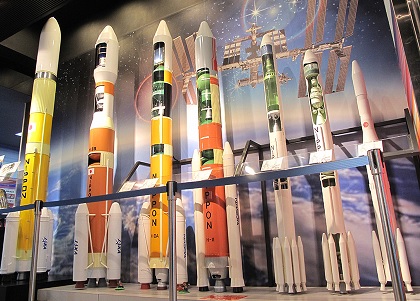 |
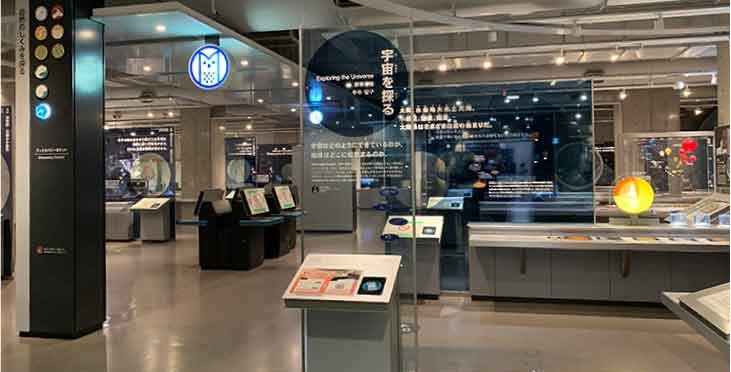 |
Facility Info
|
| HOME |